Hawks on Hawks
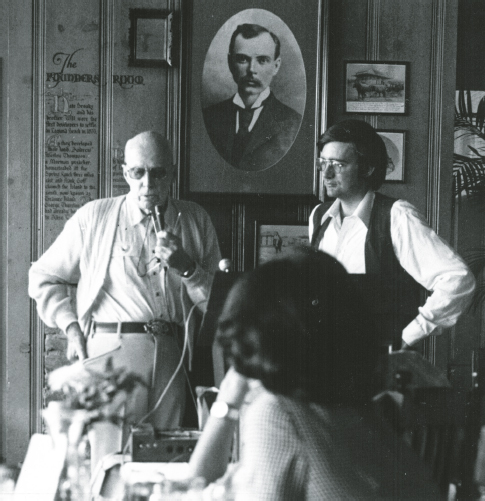
Howard Hawks and Joseph McBride at Laguna Beach seminar, October 22, 1977.
HAWKS
ON
HAWKS
JOSEPH MCBRIDE

Due to variations in the technical specifications of different electronic reading devices, some elements of this ebook may not appear as they do in the print edition. Readers are encouraged to experiment with user settings for optimum results.
Copyright 2013 by Joseph McBride
First published in 1982 by the University of California Press
The University Press of Kentucky
Scholarly publisher for the Commonwealth, serving Bellarmine University, Berea College, Centre College of Kentucky, Eastern Kentucky University, The Filson Historical Society, Georgetown College, Kentucky Historical Society, Kentucky State University, Morehead State University, Murray State University, Northern Kentucky University, Transylvania University, University of Kentucky, University of Louisville, and Western Kentucky University.
All rights reserved.
Editorial and Sales Offices: The University Press of Kentucky
663 South Limestone Street, Lexington, Kentucky 405084008
www.kentuckypress.com
17 16 15 14 13 5 4 3 2 1
Stills by courtesy of the Academy of Motion Picture Arts and Sciences, Rafe Blasi, Brigham Young University, Collectors Book Store, James DArc, Eddie Brandts Saturday Matinee, Ronald Haver, Larry Edmunds Book Shop, Todd McCarthy, Ed Scharlach, UCLA Theatre Arts Library, Universal Pictures, Wisconsin Center for Theatre Research, and the distributors of the films of Howard Hawks.
The Library of Congress has cataloged the University of California Press edition as follows:
Hawks, Howard, 18961977
Hawks on Hawks.
Bibliography: p. 179
Filmography: Includes index.
1. Hawks, Howard, 18961977. 2. Moving-picture producers and directorsUnited StatesInterviews. I. McBride, Joseph. II. Title.
PN1998.A3H338 1981 791.43'0233' 0924 81362
ISBN 0520043448 AACRI
ISBN 978-0-8131-4262-3 (pbk.: alk. paper)
ISBN 978-0-8131-4431-3 (pdf)
ISBN 978-0-8131-4430-6 (epub)
This book is printed on acid-free paper meeting the requirements of the American National Standard for Permanence in Paper for Printed Library Materials.

Manufactured in the United States of America.
 Member of the Association of American University Presses
Member of the Association of American University Presses
To Jessica
Contents

Hawks directing Come and Get It (1936).
Introduction
The distinctive signature of Howard Hawks appeared on several dozen of the most popular movies ever made in Hollywood. The most versatile of all great American directors, he worked with equal ease in screwball comedies, westerns, gangster movies, musicals, private-eye melodramas, and adventure films. He made some of the best movies of such male stars as John Wayne, Humphrey Bogart, Cary Grant, and Gary Cooper, and his portrayals of tough, sexy, sophisticated women such as Lauren Bacall, Carole Lombard, Rosalind Russell, and Angie Dickinson were far ahead of their time. He collaborated with a remarkable array of first-rate writers, including Ernest Hemingway and William Faulkner. As a flyer, hunter, fisherman, automobile racer, horseman, and all-around bon vivant, he lived a colorful life that could have been taken straight from one of his own movies. Hawkss work has grown in stature with the years, and his movies seem as fresh and lively today as when they were made. Contemporary audiences delight in revivals of such Hawks classics as Scarface, Twentieth Century, Bringing Up Baby, Only Angels Have Wings, His Girl Friday, To Have and Have Not, The Big Sleep, Red River, Gentlemen Prefer Blondes, and Rio Bravo. When he was honored in 1975 with an Oscar for his six decades in films, the Academy of Motion Picture Arts and Sciences cited him as a giant of the American cinema whose pictures, taken as a whole, represent one of the most consistent, vivid, and varied bodies of work in world cinema.
Until his late years, however, Hawks was never given much serious attention. He was always known in Hollywood as a reliable director-producer with deft technical skills, a keen story-telling sense, an eye for new talent, and an unerring instinct for the box office. But he never courted prestige by making self-consciously important pictures. He contented himself with making the kind of straightforward, enjoyable, unpretentious stories that he liked and that the audience liked. Hawks was both bemused and gratified at the surge of attention paid him in the 1960s and 1970s, when the new generation of young film buffs and filmmakers, led by the influential figures of the French New Wave, discovered him and championed his ability to bring personal expression to commercial filmmaking. Looking back over his long career, which began in the silent era and continued through 1970, they found a remarkable consistency of theme and personality in what had appeared to casual moviegoers as a random assortment of genre pieces.
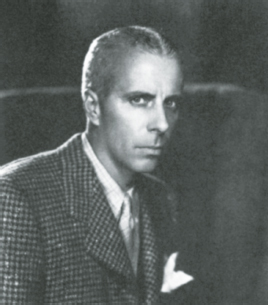
A 1935 portrait of Hawks, taken during production of Barbary Coast.
Hawkss films almost always deal with a tightly knit group of professionals trying to perform a difficult task together while upholding their own rigorously defined code of conduct. Whether they are gunfighters, aviators, hunters, detectives, newspapermen, or scientists, Hawkss people function in a self-enclosed society in which the standards of personal conduct are professional skill, group loyalty, and self-respect. The highest accolade one Hawks character can pay to another is You did a good job, and the worst thing one can say of another is He just wasnt good enough.
If Hawks is, as Jacques Rivette wrote in the first major essay on Hawkss work, the only American director who knows how to draw a moral (The Genius of Howard Hawks, Focus on Howard Hawks, p. 73), the morality of his characters is not a matter of their adherence to abstract social or ethical precepts but an existential morality, a function of their behavior toward each other. A typical plot mechanism in a Hawks film is the struggle of a flawed character (e.g., Richard Barthelmess in Only Angels Have Wings, Walter Brennan in To Have and Have Not, Dean Martin in Rio Bravo) to prove himself worthy of respect by the rest of the group, by overcoming tendencies to disloyalty, cowardice, physical disability, or immaturity. Not even the strongest characters in Hawkss films can function effectively outside the group: though John Waynes Sheriff John T. Chance stoically tries to reject the help of friends all the way through Rio Bravo, his ultimate survival depends on their intercession in his behalf. Though Hawkss characters often act in positions of social responsibility, they typically maintain an aloof, isolated group identity within the general society, which enters into the stories only tangentially, as a hostile force challenging the unity of the group and its self-sustaining value system.


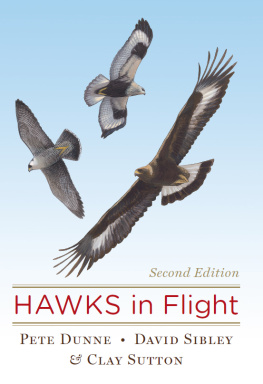

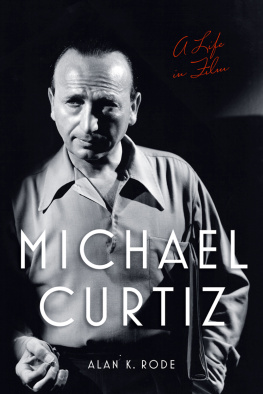
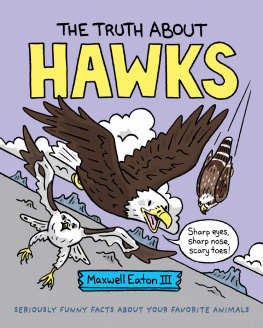


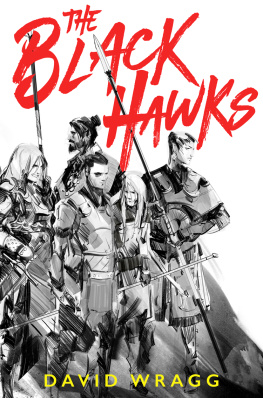





 Member of the Association of American University Presses
Member of the Association of American University Presses
